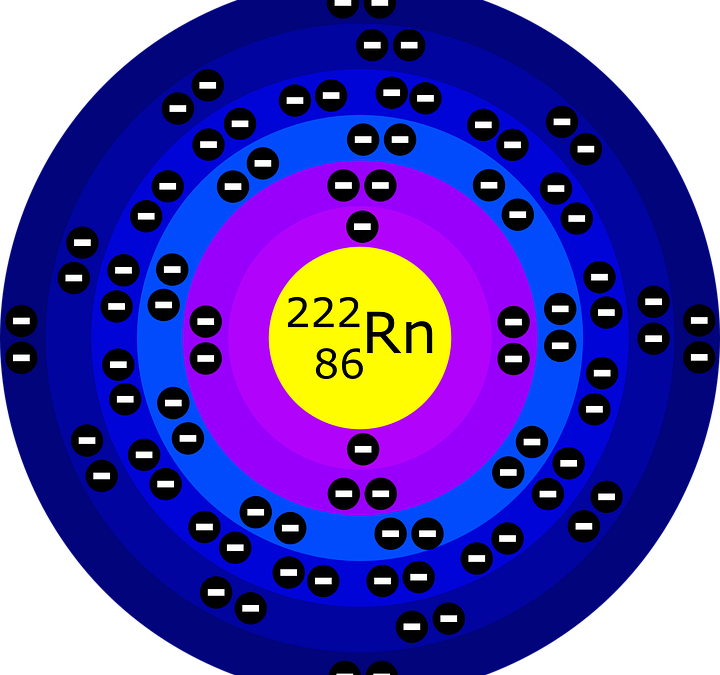What is Radon Gas?
Radon is a highly dangerous radioactive gas that forms from the decay of uranium found in igneous rock and soil. It is a naturally occurring element discovered in 1899 that is invisible, tasteless, and odorless. Radon is considered a noble gas that is found in two main isotopic forms: radon-222 and radon-220. Radon-222 is the most prevalent form in the environment and therefore one of the most threatening.
Dangers of Radon Gas
Radon gas can cause cancer. According to the Surgeon General, radon is the second leading cause of lung cancer in the United States. The Environmental Protection Agency (EPA) estimates 20,000 lung cancer deaths a year are the result of radon exposure. Radon naturally occurs outside in the atmosphere, but the danger occurs when radon in your home gets trapped and starts accumulating. In a confined area, the risks of radon exposure are exacerbated. Radon travels through soil and rocks and seeps through the ground into houses. It enters through foundational cracks where it can diminish the air quality of the house and begin increasing its concentration.
Testing for Radon
Testing for Radon is important whether or not you suspect radon in your home. The EPA reports 1 in 3 homes in seven states and on three Indian lands had radon levels over 4 pCi/L. This is the recommended action level radon mitigation services should be implemented. The EPA estimates 1 in 15 homes have radon levels above that action level. This exposure is about 35 times the amount of radiation exposure the Nuclear Regulatory Commission would allow a family to be exposed to if they were near a radioactive waste site. A place like Colorado where the Rocky Mountains loom with decaying uranium, Denver radon testing is a common practice.
Affordable Radon, LLC is a local radon mitigation and abatement company serving Colorado and offering Denver radon testing since 2011. To test for radon, there are short-term detectors that measure radon levels for 2 to 90 days and long-term tests to determine an average concentration over a period longer than 90 days. Once levels are established, Affordable Radon can help homeowners with how to improve radon test results.
How to Improve Radon Test Results
Indoor radon levels have been shown to reduce by 50% with use of passive mitigation systems. Results improve further with the installation of ventilation fans. In addition to local radon testing, Affordable Radon can assist with vapor barriers, sump pump installation, sump pump excavation, and crawl space sealing. These systems are all ways of showing how to improve radon test results and target the lower levels of the house where radon originates.
By lowering radon levels in homes exceeding the EPA action level, it is believed lung cancer deaths could be reduced by about 5,000 people. It is imperative homeowners understand the dangers of radon that could be lurking in their Colorado communities and implement ways to improve radon test results. If Denver radon testing is needed, Affordable Radon can be contacted to support residential needs.


Recent Comments